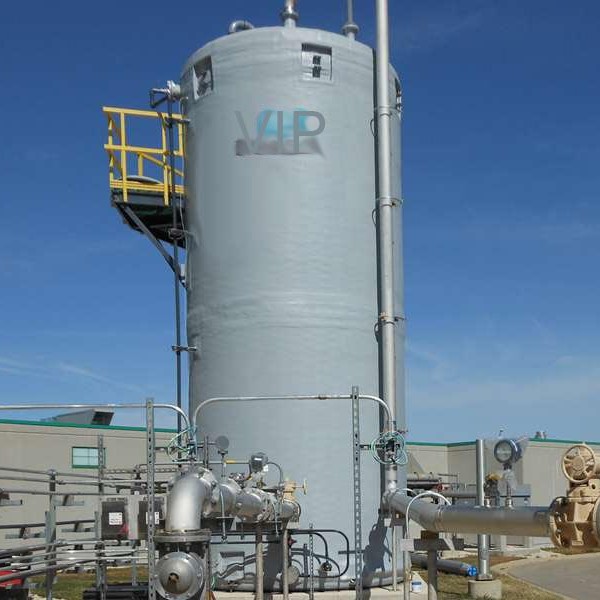
-
 Afrikaans
Afrikaans -
 Albanian
Albanian -
 Amharic
Amharic -
 Arabic
Arabic -
 Armenian
Armenian -
 Azerbaijani
Azerbaijani -
 Basque
Basque -
 Belarusian
Belarusian -
 Bengali
Bengali -
 Bosnian
Bosnian -
 Bulgarian
Bulgarian -
 Catalan
Catalan -
 Cebuano
Cebuano -
 China
China -
 China (Taiwan)
China (Taiwan) -
 Corsican
Corsican -
 Croatian
Croatian -
 Czech
Czech -
 Danish
Danish -
 Dutch
Dutch -
 English
English -
 Esperanto
Esperanto -
 Estonian
Estonian -
 Finnish
Finnish -
 French
French -
 Frisian
Frisian -
 Galician
Galician -
 Georgian
Georgian -
 German
German -
 Greek
Greek -
 Gujarati
Gujarati -
 Haitian Creole
Haitian Creole -
 hausa
hausa -
 hawaiian
hawaiian -
 Hebrew
Hebrew -
 Hindi
Hindi -
 Miao
Miao -
 Hungarian
Hungarian -
 Icelandic
Icelandic -
 igbo
igbo -
 Indonesian
Indonesian -
 irish
irish -
 Italian
Italian -
 Japanese
Japanese -
 Javanese
Javanese -
 Kannada
Kannada -
 kazakh
kazakh -
 Khmer
Khmer -
 Rwandese
Rwandese -
 Korean
Korean -
 Kurdish
Kurdish -
 Kyrgyz
Kyrgyz -
 Lao
Lao -
 Latin
Latin -
 Latvian
Latvian -
 Lithuanian
Lithuanian -
 Luxembourgish
Luxembourgish -
 Macedonian
Macedonian -
 Malgashi
Malgashi -
 Malay
Malay -
 Malayalam
Malayalam -
 Maltese
Maltese -
 Maori
Maori -
 Marathi
Marathi -
 Mongolian
Mongolian -
 Myanmar
Myanmar -
 Nepali
Nepali -
 Norwegian
Norwegian -
 Norwegian
Norwegian -
 Occitan
Occitan -
 Pashto
Pashto -
 Persian
Persian -
 Polish
Polish -
 Portuguese
Portuguese -
 Punjabi
Punjabi -
 Romanian
Romanian -
 Russian
Russian -
 Samoan
Samoan -
 Scottish Gaelic
Scottish Gaelic -
 Serbian
Serbian -
 Sesotho
Sesotho -
 Shona
Shona -
 Sindhi
Sindhi -
 Sinhala
Sinhala -
 Slovak
Slovak -
 Slovenian
Slovenian -
 Somali
Somali -
 Spanish
Spanish -
 Sundanese
Sundanese -
 Swahili
Swahili -
 Swedish
Swedish -
 Tagalog
Tagalog -
 Tajik
Tajik -
 Tamil
Tamil -
 Tatar
Tatar -
 Telugu
Telugu -
 Thai
Thai -
 Turkish
Turkish -
 Turkmen
Turkmen -
 Ukrainian
Ukrainian -
 Urdu
Urdu -
 Uighur
Uighur -
 Uzbek
Uzbek -
 Vietnamese
Vietnamese -
 Welsh
Welsh -
 Bantu
Bantu -
 Yiddish
Yiddish -
 Yoruba
Yoruba -
 Zulu
Zulu
Creating Innovative Solutions for Next Generation Fan Technology and Design
The Evolution and Impact of GRP Fans in Modern Applications
In the realm of mechanical engineering and industrial design, GRP fans, or Glass Reinforced Plastic fans, have emerged as a significant innovation, transforming the way we approach ventilation and air movement solutions. The unique properties of GRP materials make these fans ideal for a variety of applications, from industrial settings to commercial environments.
GRP fans are crafted from a composite material that combines glass fibers with a polymer matrix, typically a type of resin. This combination results in a lightweight yet exceptionally strong product that offers numerous advantages over traditional metal fans. One of the most notable benefits is their resistance to corrosion. In environments where moisture, chemicals, or other corrosive substances are present, GRP fans maintain their integrity and performance, whereas metal fans may suffer from rust and degradation over time.
.
Noise reduction is another area where GRP fans excel. The design and material properties contribute to quieter operation, making them suitable for applications in residential or noise-sensitive environments. This aspect is increasingly important in today’s urbanized landscape, where noise pollution is a growing concern. By utilizing GRP fans, businesses can ensure efficient operation while minimizing disturbances to surrounding communities.
grp fan

The installation and maintenance of GRP fans are also simplified due to their lightweight nature. Compared to traditional metal fans, GRP fans are easier to handle, which reduces labor costs during installation. Furthermore, their resistance to corrosion means less frequent maintenance and replacement, leading to long-term savings for businesses. The durability of GRP fans allows them to function effectively in challenging conditions, eliminating the need for regular upkeep that other materials often require.
Moreover, GRP fans are versatile and can be customized to fit specific operational needs. Manufacturers offer a range of designs, sizes, and configurations, allowing businesses to select the optimal fan for their particular application. Whether for industrial ventilation, environmental control, or HVAC systems, GRP fans can be tailored to meet unique airflow requirements, enhancing efficiency and performance.
Sustainability is also a significant consideration in modern manufacturing, and GRP fans are often produced with environmental impacts in mind. Many manufacturers focus on lifecycle assessments, ensuring that their production processes minimize waste and energy consumption. Additionally, the potential for recyclability of GRP materials is becoming a discussion point, as the industry seeks to enhance this aspect of product design.
The market for GRP fans is expected to continue growing, driven by advancements in manufacturing technologies and increased awareness of the benefits they offer. As industries increasingly prioritize efficiency, durability, and environmental responsibility, the demand for GRP fans will likely expand. In sectors where air movement is critical, such as mining, chemical processing, and even aerospace, the integration of GRP technology represents a forward-thinking approach to address the challenges posed by conventional materials.
In conclusion, GRP fans symbolize a significant advancement in fan technology, combining strength, durability, and efficiency. Their ability to withstand harsh conditions, operate quietly, and offer tailored solutions makes them an appealing choice for a wide range of applications. As industries evolve and the demand for sustainable and efficient solutions grows, GRP fans will undoubtedly play an essential role in shaping the future of air movement and ventilation systems.









